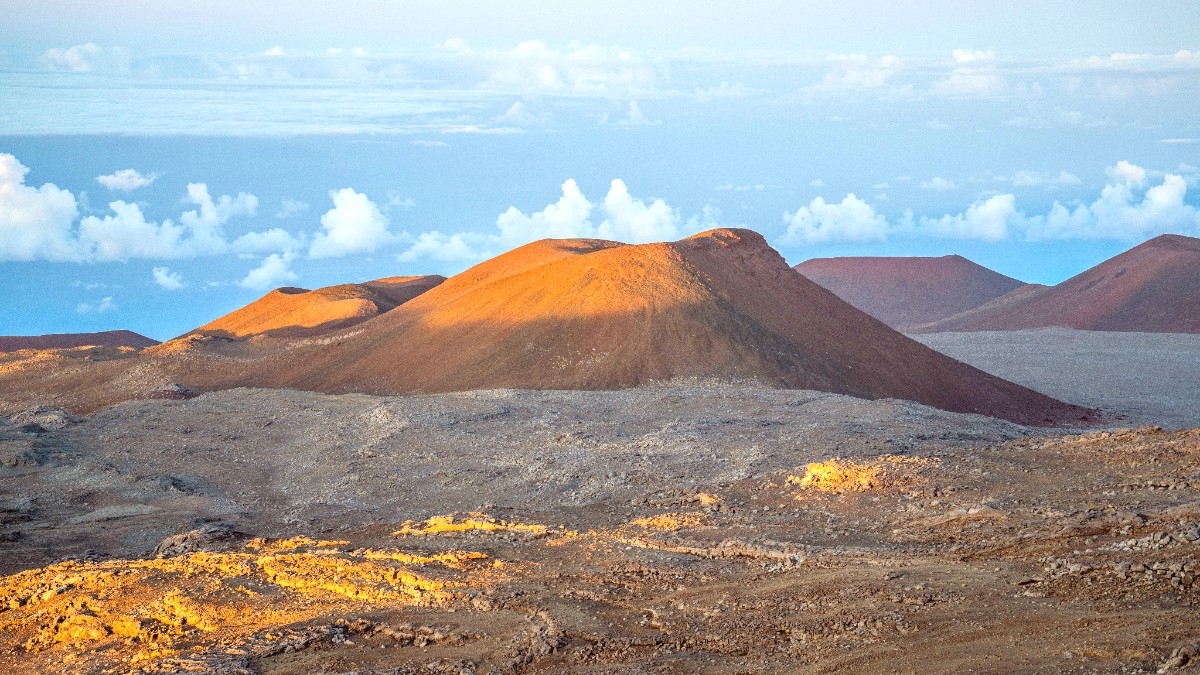
Hawaii, USA
Staying connected on the Big Island is straightforward.
Operating hours generally mirror those on the U.S. Mainland.
Learning a few common Hawaiian words shows respect.
Hawaii works to create infrastructure for travelers with mobility challenges.
The Mauna Kea Summit Road often closes due to snow, ice, or high winds, especially during winter months (October to April). These closures can occur without much warning. Checking the Mauna Kea Weather Center website before visiting is recommended for current road conditions and summit access.
Beyond the practicalities, understanding a few local subtleties makes for a better visit.
Ohana: Family (oh-HAH-nah); Paniolo: Hawaiian cowboy (pah-nee-OH-loh). Using these sincerely is appreciated.
U.S. Postal Service (USPS) post offices are available in all towns for sending postcards or packages home.
Tipping practices follow U.S. Standards, with a 15-20% tip for service customary at restaurants.
Accessible transportation options are present on the island.
Respect for local culture and land is highly valued.
While summit access is via vehicle, the terrain immediately around the observatories may be uneven, which may have challenges. Checking conditions before you go is recommended.
Deepen your Big Island experience by connecting with its local customs and cultural vibrancy.
Cultural preservation efforts are ongoing.
For Mauna Kea, observing quiet reverence is appropriate.
Photography permissions and restrictions extend beyond asking for consent.
Interaction guidelines include embracing the "Aloha Spirit."
Adhering to local etiquette and cultural norms shows respect for the Hawaiian people and their traditions. This makes your travel experience better.
Responsible travel practices make sure your visit helps the local environment and communities thrive.
Your visit has an economic impact on local communities.
Hawaii's unique ecosystems need careful environmental consideration.
Actions to offset your environmental footprint and give back.
Support local communities and reduce your footprint through thoughtful purchases.
For outdoor gear, consider Patagonia, known for its sustainable practices.
Explore PatagoniaReduce waste by shopping at Package Free Shop for reusable products.
Visit Package Free ShopResponsible travel means your visit benefits the local economy and communities. Your choices have a direct impact on the livelihoods of Hawaiian residents.
Directly supporting the local community helps foster a positive relationship between visitors and residents.
Choose local eateries, buy fresh produce and goods from farmers' markets, and book tours with local guides.
Community-based tourism initiatives directly support residents.
This not only supports the local economy but also creates more authentic experiences for you.
If you wish to donate, research reputable local non-profit organizations.
Focus on environmental conservation, cultural preservation, or community development.
Direct donations to established charities make a positive and lasting impact.